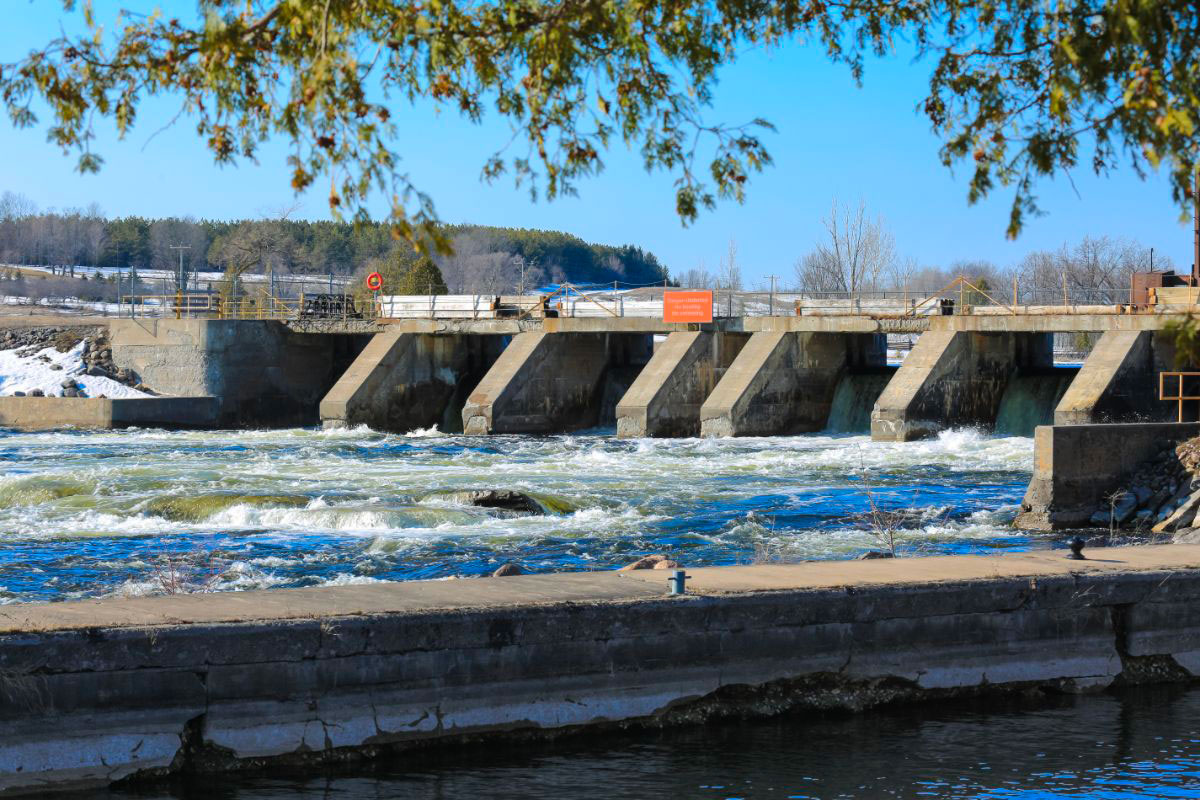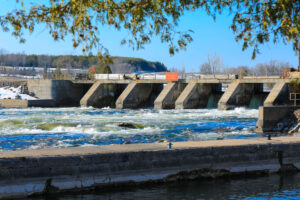Modern Flood Management Regulations: Issues and Perspectives
Flood management is a crucial issue that requires effective regulation to protect communities and infrastructure. Flood management policies and regulations play a key role in crisis prevention, resource management and public safety. This article examines the main current regulations, their impact on flood management and the challenges to be met to improve resilience in the face of disasters.
The Main Flood Management Regulations
- Flood Prevention Regulations
Many countries have specific regulations in place for flood prevention. These regulations often require environmental impact assessments for construction projects in at-risk areas, as well as stormwater management measures to reduce the risk of flooding. They also impose standards for critical infrastructure, such as dams and dykes, to ensure their resilience in the face of extreme events. - The European Flood Risk Management Directives
In Europe, the Flood Risk Management Directive (FRMD) requires Member States to develop flood risk management plans based on risk assessments at river basin level. These plans must include prevention, protection and preparedness measures to reduce the impact of flooding. The directive also aims to improve cross-border cooperation on risk management. - National and local regulations
Regulations can vary considerably from country to country and even from region to region. For example, in the United States, the Federal Emergency Management Agency (FEMA) plays a key role in regulating and funding flood management initiatives. At a local level, authorities can impose specific regulations, such as flood-proof building codes and restrictions on land use in vulnerable areas.
Impact of Flood Prevention and Management Regulations
- Reducing Risk and Protecting Communities
Effective regulations help to reduce the risk of flooding by imposing strict building standards and setting up early warning systems. They also help communities to be better prepared for disasters by facilitating evacuation planning and emergency response. - Improved coordination and responsiveness
Regulations promote coordination between different levels of government and emergency agencies, ensuring a more coherent and effective response to flooding events. Flood risk management plans, which often result from these regulations, help to better organise resources and relief efforts. - Promoting innovation and best practice
By encouraging the adoption of sustainable management technologies and practices, regulations can stimulate innovation in flood management. This includes the use of new construction techniques, more efficient stormwater management systems and integrated approaches to catchment management.
Challenges and Future Prospects
- Adapting to climate change
Regulations must continually evolve to meet the challenges posed by climate change. The increase in the frequency and intensity of extreme weather events requires adjustments to flood risk management policies to ensure their long-term effectiveness. - Financing and implementation
Implementing flood management regulations can require significant financial resources. Governments need to find ways to finance prevention and infrastructure enhancement projects while ensuring effective management of available funds. - Stakeholder commitment
The success of flood management policies also depends on the commitment of stakeholders, including local communities, businesses and non-governmental organisations. Encouraging the active participation of these stakeholders is crucial to ensure that policies are adapted to local needs and implemented effectively.
Conclusion: towards more resilient flood management
Modern regulations play a crucial role in flood management by providing a structured framework for prevention, protection and risk management. By overcoming current challenges and adapting policies to climate and technological change, we can build resilience to flooding and protect vulnerable communities. A proactive and collaborative approach is essential to ensure the sustainability of flood management efforts and minimise the impact of disasters on people and infrastructure.

My name is Martin Desmet and I’m passionate about flood studies and hydrological risk management. For more than 20 years, I have devoted my career to understanding flood-related phenomena and helping communities to better prepare for and protect themselves against these devastating events. After completing my doctorate in hydrology at the University of Liège, I had the opportunity to work on various projects in collaboration with government bodies, NGOs and private companies. My career has led me to take a close interest in flood modelling and the impact of climate change on our hydrological regimes. I have also had the opportunity to contribute to the design of early warning systems and emergency plans for vulnerable regions. Even though I have published a few scientific articles and given lectures, I remain first and foremost involved in the field, where I can provide concrete solutions tailored to the needs of communities. Outside work, I enjoy spending time in nature, particularly near rivers and wetlands, which inspire me and help me to better understand the ecosystems I study. My aim is to continue learning and sharing my knowledge to help reduce the impact of flooding on our lives and our environment.
Discover more from Flood-news.org
Subscribe to get the latest posts sent to your email.








Leave a Reply